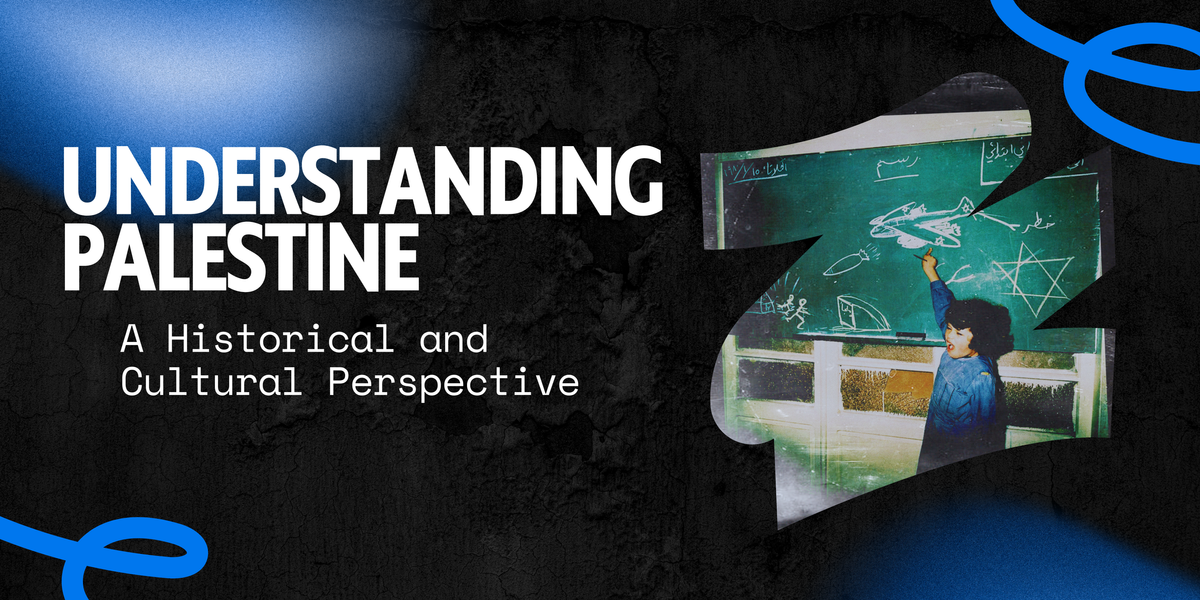Understanding Palestine: A Historical and Cultural Perspective

Introduction
The region known as Palestine holds a deep and multifaceted history, one that is interwoven with the stories of countless peoples over thousands of years. For many Palestinians, this land is not just a geographical entity; it embodies their identity, culture, and history. As we delve into the narrative of Palestine, it is essential to consider its complexities, acknowledging the deep ties of its inhabitants to the land and the varying interpretations of its history.
The Name and Its Historical Usage
The term "Palestine" has been utilized for centuries to refer to a region that encompasses present-day Israel and the Palestinian territories. Its origins can be traced back to ancient times, with references found in texts from different civilizations. While the precise geographic boundaries have shifted through various epochs, the cultural and historical identity associated with Palestine has remained remarkably resilient.
The earliest known use of the name is found in ancient Egyptian inscriptions and Greek texts, where it was applied to the geographic area and its inhabitants. During the Roman Empire, after the suppression of the Bar Kokhba revolt in 135 CE, the province of Judea was renamed "Judea," and the term "Palestina" was adopted. This renaming was intended to diminish the connection of the Jewish people to the land. However, the name "Palestine" has endured, representing the region's long and diverse history.
Cultural and Historical Ties
Since biblical times, the concept of Palestine has included the area west of the Jordan River and beyond. Historical references often divide the territory into "Western Palestine" and "Eastern Palestine," reflecting the interconnectedness of the two banks. Works by scholars such as Edward Robinson and Charles Warren have documented this region's geography and cultural heritage, underscoring the diversity of communities that have existed there throughout history.
The biblical narrative speaks of various tribes, including the Israelite tribes of Reuben, Gad, and Menasseh, who inhabited lands east of the Jordan River. These stories illustrate a long-standing relationship between the peoples of the region and their respective territories. However, it is vital to recognize that the historical ties to the land extend beyond biblical accounts, encompassing a wide range of cultures, religions, and identities that have contributed to the rich tapestry of Palestinian heritage.
The Ottoman Period and National Identity
For centuries, Palestine was part of the Ottoman Empire, which ruled over a diverse population with various ethnic and religious backgrounds. During this time, the land experienced cultural exchange and coexistence among different communities. The late 19th and early 20th centuries marked the emergence of a distinct Palestinian national identity, as the rise of nationalism across the region influenced local movements.
In the late 19th century, the spread of ideas related to nationalism led to a growing sense of identity among Palestinians. The establishment of various cultural and political organizations sought to foster a shared sense of belonging among the people. This period saw the cultivation of Palestinian literature, arts, and education, reflecting the aspirations of a people deeply connected to their land.
The Impact of Colonialism
The end of World War I brought significant changes to Palestine. The region fell under British control as part of the League of Nations mandate system. During this time, conflicting promises made by the British to both Jewish and Arab communities created tensions that would have lasting repercussions. The Balfour Declaration of 1917, which expressed support for the establishment of a Jewish homeland in Palestine, sparked widespread concern among Palestinians regarding their future and sovereignty.
The British mandate period saw increased Jewish immigration to Palestine, fueled by the desire for a national homeland. This influx led to demographic changes and heightened tensions between Jewish and Arab communities, culminating in violent confrontations and growing polarization. As Palestinian resistance to colonial policies grew, so did the desire for self-determination.
The Nakba and Its Consequences
The events of 1948, referred to by Palestinians as the Nakba, marked a pivotal moment in the history of Palestine. As the State of Israel was established, hundreds of thousands of Palestinians were displaced from their homes, resulting in a profound humanitarian crisis. The Nakba is remembered as a time of great loss and dispossession, shaping the collective memory of the Palestinian people.
The displacement of Palestinians led to the creation of refugee camps in neighboring countries and within the occupied territories. These camps became symbols of resilience and a longing for return, as generations of Palestinians grew up with the hope of reclaiming their homeland. The Nakba is not merely a historical event; it continues to influence the Palestinian narrative and aspirations for justice, recognition, and self-determination.
The Ongoing Struggle and Identity
In the decades following the Nakba, Palestinians have faced ongoing challenges, including military occupation, settlement expansion, and restrictions on movement. The political landscape has evolved, with various movements and organizations advocating for Palestinian rights and sovereignty. The struggle for justice and recognition remains central to the Palestinian identity, as individuals and communities work tirelessly to assert their rights and maintain their cultural heritage.
Despite the challenges, the Palestinian identity has flourished through art, literature, music, and community activism. Palestinian cultural expressions often reflect themes of resistance, hope, and resilience, resonating with audiences around the world. The voices of Palestinian artists, writers, and activists continue to inspire movements for justice and solidarity.
International Recognition and Support
In recent years, there has been a growing international awareness of the Palestinian cause, with movements advocating for Palestinian rights gaining momentum. The quest for justice has been highlighted in various forums, including the United Nations, where Palestine has been recognized as a non-member observer state. Advocacy for human rights, equality, and self-determination remains crucial in addressing the complex realities faced by Palestinians.
Many organizations and activists around the world work to support Palestinian rights, raising awareness about the impact of occupation and advocating for a peaceful resolution to the conflict. Solidarity movements seek to amplify Palestinian voices, fostering dialogue and understanding across communities.
In Summary
Understanding Palestine requires acknowledging its rich historical and cultural tapestry while respecting the lived experiences of its people. The Palestinian narrative is one of deep-rooted connections to the land, shaped by centuries of history, struggle, and resilience. As we explore the past, it is vital to listen to and uplift Palestinian voices, honouring their rights and aspirations for a just and equitable future.
In navigating the complexities of this narrative, we can foster a deeper understanding of the challenges faced by the Palestinian people and recognize their enduring spirit in the quest for self-determination and justice.
Written by Dhamiri, an artist and storyteller committed to sharing deeper narratives from the Middle East and beyond. More than just an artist, Dhamiri seeks to inspire thought and understanding through his work, blending creativity with a passion for cultural heritage. Connect on Instagram and X: @realdhamiri.



